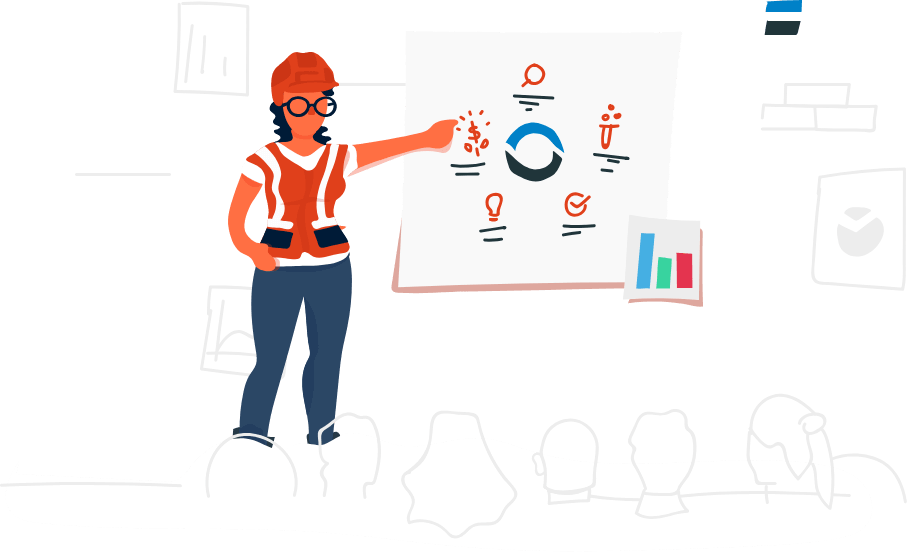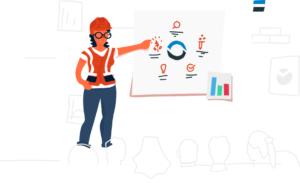Kaizen Beyond KPI’s – Culture & Mindset
3 minutes, 21 seconds read

Kaizen Demystified – Getting Started
What you will learn:
- Beyond KPIs — It’s About People and Culture
- Developing the Kaizen Mindset
Getting Started with Kaizen Demystified
In its most basic translation, Kaizen is a Japanese word that mean “continuous improvement.” The reality, however, is that Kaizen is far more than the simple concept those two words imply. Kaizen is a culture. It describes a process by which you are doing things to improve every day in your operational processes and in your life.
All the benefits of a Continuous Improvement program come to fruition because of the culture supporting your people. The Continuous Improvement comes from your frontline workers, your leaders, your management team— all the people who work to achieve operational goals every day.
Beyond KPIs – It’s About People & Culture
When you first try to do something different, whether it’s changing a process, changing people’s mindsets or changing a corporate culture, it is critical that you get your people onboard. You need complete ownership and management team participation to drive any of these improvements.
You can start measuring progress toward your KPIs today, but if the frontline workers and management team are not aligned with the strategies you’ve put in place, it’s very unlikely you will see the results you are expecting.
The first step of any Kaizen process is to help your people to understand the what, where, when and how of what you’re asking.
Consider applying these stages of change to help guide this process:
- Increase the urgency of people: Outline the goal the organization is looking for and ensure your people understand it and the benefits it is expected to bring.
- Share the vision: What is the goal or objective at the end of this journey? How do you imagine the new age to look once this goal is reached?
- Define coaches: These will be your ambassadors of change. These are the go-to people who are able to answer questions and will help guide your workforce to do the right thing at the right time and in the right way.
- Make it all about communication: The management team and coaches need to be prepared with the answers to the most important questions people will inevitably ask. They have to prepare in advance how to communicate new responsibilities, changes in activities and the program’s expected results.
- Highlight the benefits reaped: Discuss and promote the soft benefits people will start to see as this change gets underway, both in the short- and long-term. Then, make sure you are recognizing people who are doing their best to drive the improvement program forward.
Developing the Kaizen Mindset
To sustain any improvements or changes you should ensure you align your Kaizen process with a long-term goal. This establishes guidelines to ensure you’re continuously looking for improvements. This, after all, is the central action of the Kaizen daily practice.
Transformation is no easy task, but it is necessary to every business’ survival. This is the race of iteration: the iteration to fail, learn, fail and learn again. This is not just about survival, but about adapting to change. There is always some sense of urgency to learn faster from others’, and from our own, lessons and mistakes.
As business professor Leon Megginson once said, paraphrasing Charles Darwin, “It is not the strongest of the species that survives, nor the most intelligent, but the one most adaptable to change.”
For More Information: list/links to other resources
- Book: Creating a Kaizen Culture. Jon Miller, Mike Wroblewski, Jaime Villafuerte
- Book: Toyota Culture: The Heart and Soul of the Toyota Way. Jeffrey K. Liker
- Book: El Cubo de la Mejora Continua. Jorge Tovar, Santiago Mayagoitia
Questions, suggestions, or comments? Let’s chat.
Click here to learn more about Continuous Improvement.
Prev chapter: Change Management when Implementing KaizenNext chapter: Creating a Kaizen Culture – Values & Alignment

